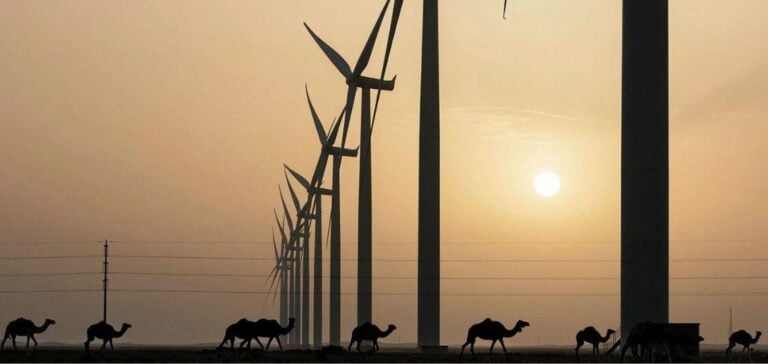Marubeni Corporation, in partnership with Ajlan & Bros, signs a PPA (Power Purchase Agreement) with SPPC (Saudi Power Procurement Company) for two onshore wind projects: Al-Ghat and Waad Al-Shamal. The 600MW Al-Ghat project will be located in the city of Al-Ghat, Riyadh Province, while the 500MW Waad Al-Shamal project will be established in the city of Turaif, Northern Frontier Province. These projects mark the first time a Japanese company has been involved in wind power projects in Saudi Arabia. PPSC will purchase the electricity generated for 25 years after the start of commercial operations, ensuring a stable supply of renewable energy.
Marubeni’s green strategy and expansion
Marubeni considers Saudi Arabia to be one of its priority markets in the MENA (Middle East and North Africa) region, due to the country’s remarkable growth in the renewable energy sector. In addition to wind projects, Marubeni is involved in several energy initiatives in Saudi Arabia, including the Rabigh IPP solar PV project (300MW), a rooftop solar PV project, as well as a district cooling project and a clean hydrogen project. These initiatives are part of Marubeni’s green strategy, formulated in its long-term vision for climate change in March 2021.
Impact of projects on Saudi Arabia’s energy transition
By working with international partners like Marubeni, the country can not only increase its renewable energy production capacity, but also attract foreign investment and develop local green technologies. The realization of these wind power projects presents a number of challenges, particularly in terms of construction, maintenance and infrastructure management. Saudi Arabia has set ambitious targets to reduce its dependence on fossil fuels and increase the share of renewable energies in its energy mix.






















